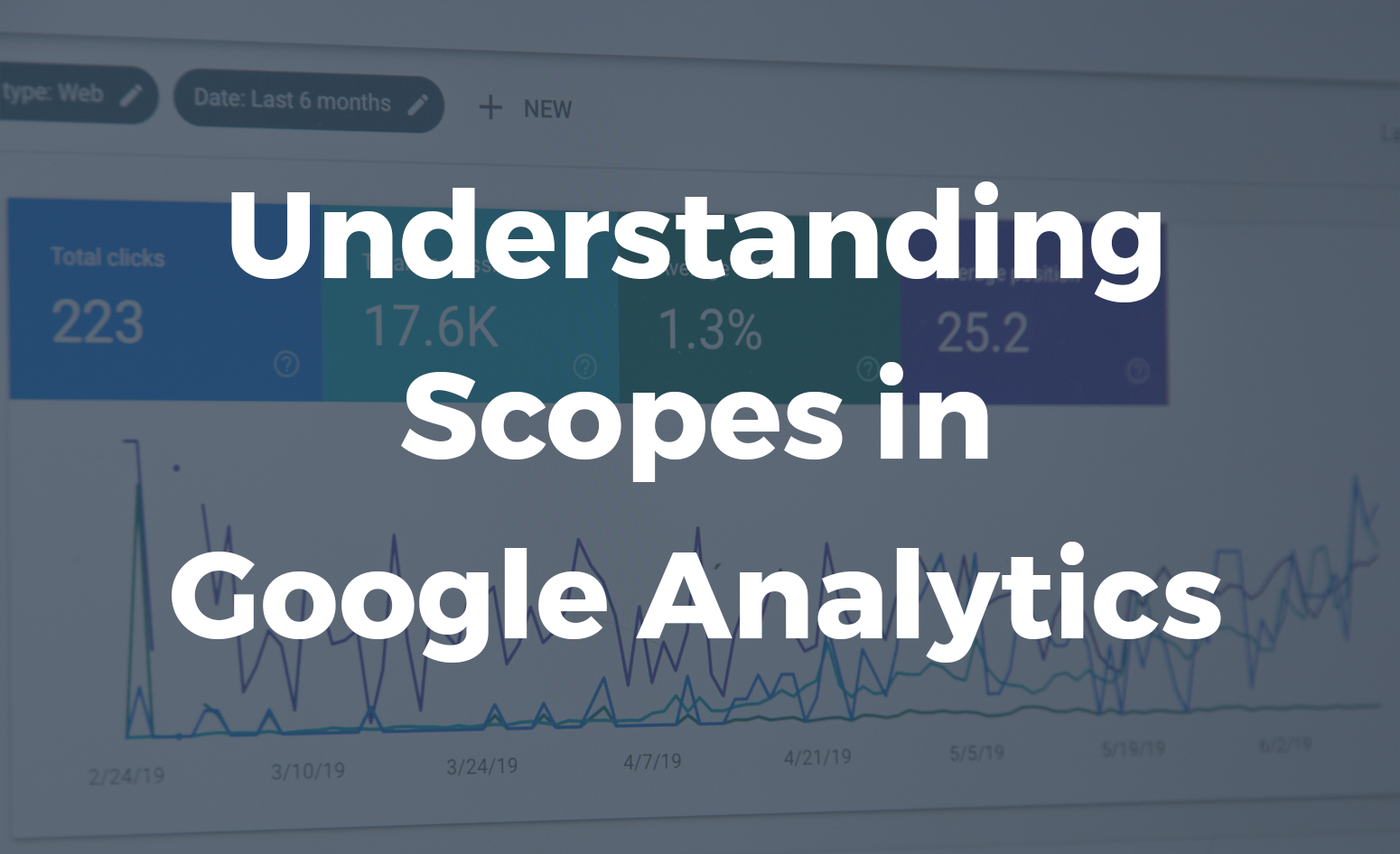On a daily basis, an internet user comes across various ads run by various brands before making any purchase. Keeping a track of all these ads is important to know which of them are doing the best so that we can allocate more resources to the relevant ads and generate a bigger customer base.… Continue reading What is mobile attribution and why it is important?
Category: Marketing Measurement
How to track traffic sources in Mixpanel as Google analytics does?
Google analytics has it’s unique way to track traffic sources and attribute your user data to them. Here you can see what I am talking about: Mixpanel by default can only track utm parameters as they have mentioned in their documentation here – https://help.mixpanel.com/hc/en-us/articles/115004561786-Track-UTM-Tags This means that with utm tracking you can track your Google… Continue reading How to track traffic sources in Mixpanel as Google analytics does?
Steps involved in Mixpanel Tracking
Mixpanel implementation includes 4 states: Metrics Discovery (1 to 2 weeks) Technical Tracking Plan (1 to 2 weeks) Implement and QA Data (2-3 weeks) Training or Education (1 to 2 weeks) What is Metric Discovery? Goal: What questions you want to answer from your data. We do this by creating a simple measurement plan… Continue reading Steps involved in Mixpanel Tracking
Facebook Power 5 Strategy: Re imagining Advertising
Facebook, as we all know, is a global platform that can help businesses in brand building. The reach of Facebook is multi-continental and the audience varies in ages, interests, regions, customs, etc. What does this mean? This means that no matter what your business is, it’s a high probability that not only you will find… Continue reading Facebook Power 5 Strategy: Re imagining Advertising
How to track form submission using Google Tag Manager
Whenever tracking a form, a must noted thing is the way the form submission page behaves after you click on the “submit” button. Based on what happens next, the correct method of tracking is determined. This article will guide you through some smart tactics that will help you track forms and make relevant outcomes out… Continue reading How to track form submission using Google Tag Manager
How to track UTM parameters using Google Tag Manager
Usually, URLs are tough to understand as they have long links and random numbers in them. It becomes difficult for digital marketers to understand them and conclude the link/ campaign that brought traffic. UTM or Urchin Tracking Module parameters can easily sort your data to know from which campaigns the traffic is coming and which… Continue reading How to track UTM parameters using Google Tag Manager
What are scopes in Google Analytics
There is no doubt that Google Analytics is one of the best tools to implement digital analytics tracking on a website and it’s being most widely used. But most of its important components are often misunderstood by people or simply they are not aware of them. Scopes is one of those features. Today I am… Continue reading What are scopes in Google Analytics
How to use Attribution Models in Google Analytics
Google Analytics attribution models play an important role in conversion tracking of a customer’s journey but sometimes they are not properly understood by many people. Today I am going to briefly describe what they are and how you can apply them in your account according to the type of your business. To understand attribution model,… Continue reading How to use Attribution Models in Google Analytics
How to create filters in Google Analytics
Google analytics has proved itself as the number one tool in the game of digital analytics. But, if you are a big company then a significant amount of your traffic is from your company’s employees only. Those visits should not be counted because, simply, they are irrelevant to your concern. But how would you remove… Continue reading How to create filters in Google Analytics
How to implement Enhanced Ecommerce Tracking using Google Tag Manager
Enhanced Ecommerce tracking feature in Google Analytics lets you measure user interactions with products on your webstore across all the user’s shopping experience. This is one of the best functionality that Google Analytics has to offer as it can track every minute details related to your Ecommerce site including: product impressions, product clicks, viewing product… Continue reading How to implement Enhanced Ecommerce Tracking using Google Tag Manager











